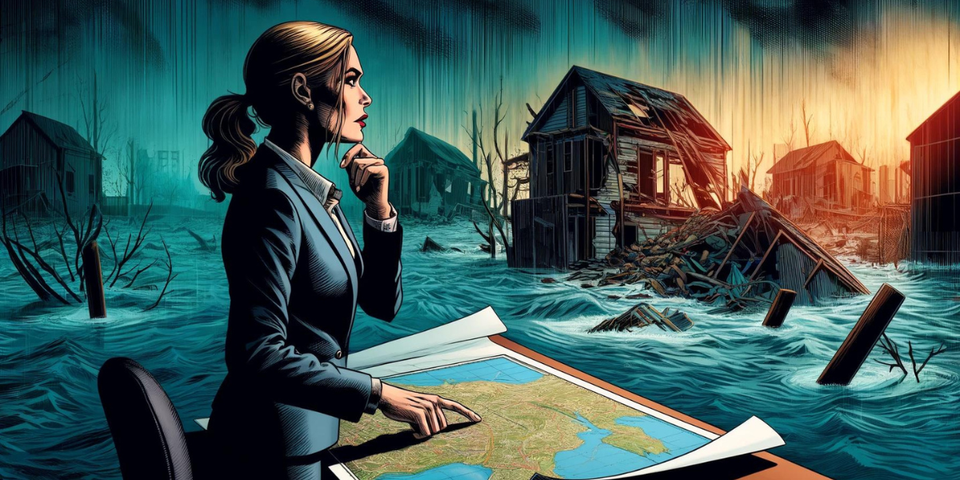Climate change and insurance: digging deeper than The Economist

In my last article I skewered The Economist’s recent analysis of climate risks to residential property. Their leader focused exclusively on the climate-driven destruction of homes and apartments while failing to consider the effect of this destruction on the value of unscathed properties. This caused them to massively overstate the potential economic impact of climate change under any scenario short of a complete extinction-level wipeout.
Such bungling did not reflect well on the august 160-year-old publication. I expect The Economist to provide solid economic analysis and not just parrot extreme, one-sided views that fail to consider the possibility of any form of risk mitigation.
The other issue the piece focused on was the role that insurers will likely play in shaping the residential housing market in coming decades. Thankfully this part of the discussion was pretty solid – not as good as the analysis you’ll find on Unpacking Climate Risk, of course, but not terrible either.
I’ve written recently on the effect of climate change on the solvency and scale of the insurance industry. Put simply, I don’t think there’s a huge problem on the solvency side because insurers are smart and the period of coverage is brief enough for them to stay roughly aligned with the actuarial curve as climate change progresses. They won’t face an elevated risk of insolvency because they will decline to cover excessively imperiled properties and will jack the premiums on those that are still worth covering.
But this implies that the scale of the insurance industry will shrink, at least in areas where climate change poses the greatest physical threat.
For the past century or more, we’ve had a three-tier insurance system, with private companies occupying the middle ground. On one side are private risk-seekers who choose to self-insure, and therefore do not contribute to the profits or overheads accrued by the insurance companies. On the other side is the government, at various levels, acting as the insurer of last resort. Given the prominence of pensions and health care in most national budgets, the state can be thought of as little more than a huge insurance company – albeit one which happens to control an army and conduct foreign policy.